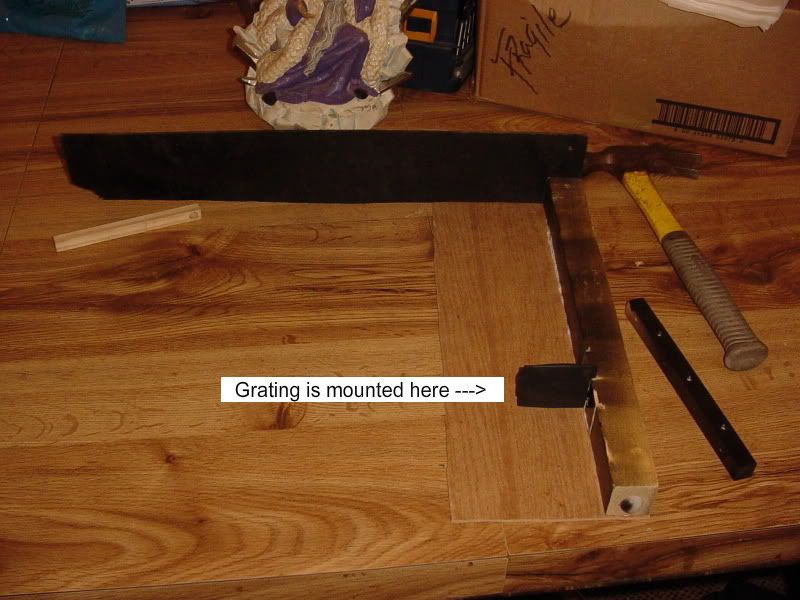Kenom
0
- Joined
- May 4, 2007
- Messages
- 5,628
- Points
- 63
I've been fiddling with the idea of making a spectrometer so I can determine the wavelength of each of my laser pointers and for unknown laser diodes. If I have a laser diode that I don't know if it's a 650 or 660nm I can use this to test and try to get a rough idea.
Essentially it's a difraction grating and a black balloon over with only a pin prick to allow only just a small amount of light. This light is then spread specifically a certain distance apart for each wavelength. All I have to do is put the primary dot on one place, then measure the distance to the second dot, and I've got the website to input the information and it will tell me the wavelength. Even if I didn't use the website, I can still guage just by eye.
http://hyperphysics.phy-astr.gsu.edu/hbase/phyopt/gratcal.html



Essentially it's a difraction grating and a black balloon over with only a pin prick to allow only just a small amount of light. This light is then spread specifically a certain distance apart for each wavelength. All I have to do is put the primary dot on one place, then measure the distance to the second dot, and I've got the website to input the information and it will tell me the wavelength. Even if I didn't use the website, I can still guage just by eye.
http://hyperphysics.phy-astr.gsu.edu/hbase/phyopt/gratcal.html








